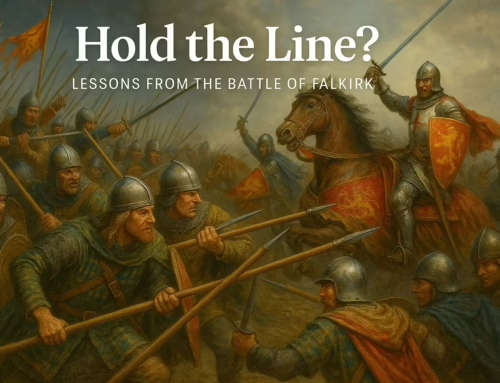Early last year, a Ukrainian soldier riding in a U.S.-supplied M2A2 Bradley Fighting Vehicle found himself in a high-stakes duel with one of Russia’s most advanced main battle tanks—the T-90M. He won.
His edge? Years of experience playing video games.
This wasn’t a PR stunt. As reported by The War Zone, the Ukrainian gunner credited his success not to conventional military drills, but to hundreds of hours behind a virtual joystick. He instinctively recognised thermal signatures, led targets under pressure, and manipulated optics like a seasoned veteran—all thanks to digital muscle memory built in civilian gaming environments.
This real-world outcome validates what we at Agincourt have long understood: immersive simulation accelerates decision-making under stress. And for modern forces facing near-peer threats, it may be the difference between survival and catastrophe.
Why This Story Matters to Defence Procurement Teams
What the Bradley gunner achieved wasn’t luck. It was a transferable skill acquisition. It’s what happens when complex motor tasks and visual-cognitive patterns are reinforced through high-frequency repetition in responsive, realistic environments.
That’s the design logic behind platforms like:
- BattleVR: Enabling full-spectrum CQB training with haptics, 360° threat vectors, and AI combatants.
- Archer: Supporting judgmental and technical marksmanship training with branching scenarios and integrated after-action review.
- Hawk: Putting commanders in the loop with real-time terrain control, unit supervision, and simulation authoring.
This is not “gamification.” This is the systematic embedding of tactical intuition into muscle memory through modular, high-fidelity simulation.
From Ukraine to the Gulf: A Shared Challenge
Whether your forces are conducting stop-and-search in Riyadh or anti-armour sweeps in Donetsk, the problem is the same: live fire training can’t keep pace with operational demand.
- Live range time is limited.
- Ammunition is costly.
- Realism is low.
- Throughput is poor.
And yet, as the Bradley gunner proved, a soldier who’s mentally rehearsed hundreds of scenarios under time pressure performs better under fire—regardless of whether that rehearsal happened in a classroom or on a console.
Agincourt’s synthetic training ecosystem solves this gap:
- Deployable systems (VR or screen-based) that simulate real-world mission conditions
- Data-rich platforms that track readiness, cognitive stress, and accuracy over time
- Instructor-led or autonomous sessions that scale from squad to battalion
What’s Next: Training for the Reality of 21st Century Conflict
The Ukrainian gunner’s success isn’t an outlier—it’s a warning. The next battlefield won’t reward those who fire the most rounds on the range. It will reward those who think faster, make better decisions, and operate instinctively under pressure.
That capability doesn’t come from doctrine alone. It comes from repetition. From immersive stress inoculation. From training systems that mirror real-world threat environments—before your operators ever see them.
And that’s where we come in.
Explore Agincourt’s immersive training systems:




